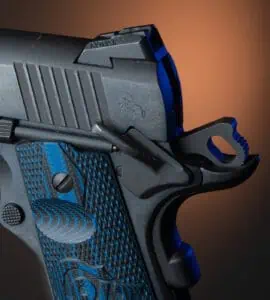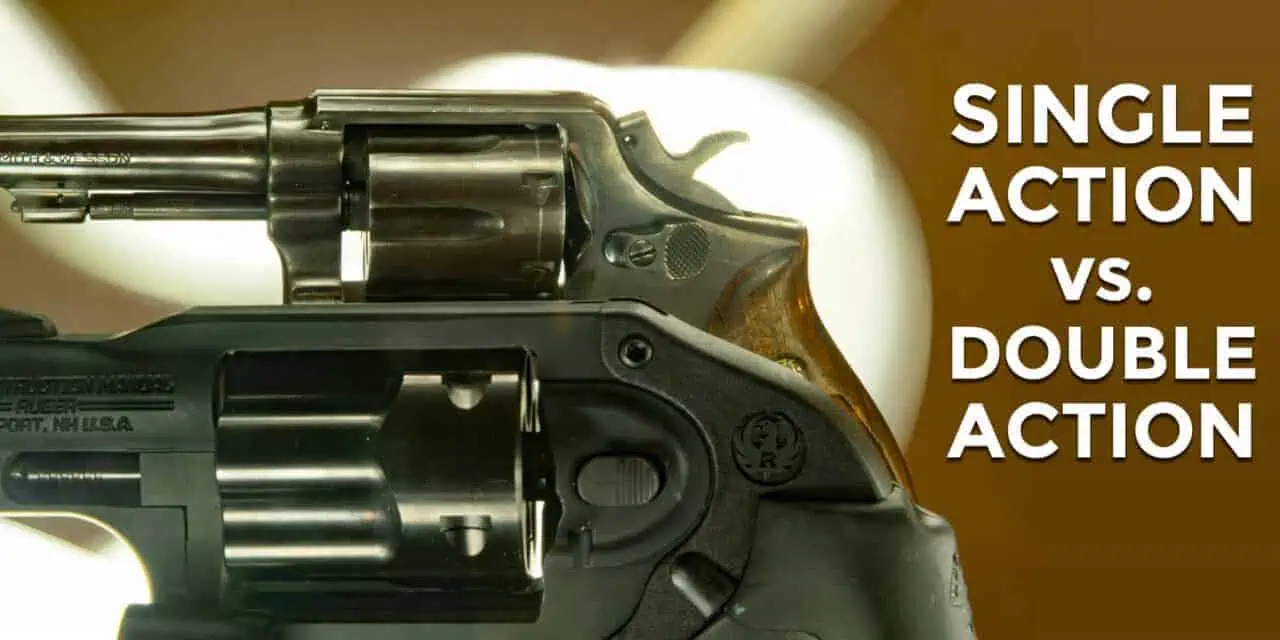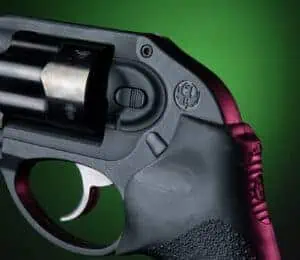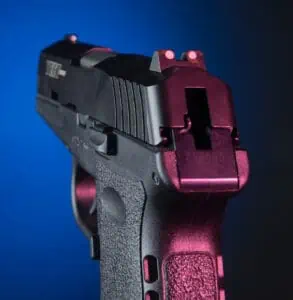Single Action Vs Double Action Handguns
The trigger is an absolutely vital part of your gun. Pressing the trigger is the last thing that happens before the gun fires, which means that controlling how you press the trigger is absolutely vital to getting proficient with your firearm. What the trigger does is easy. How it actually works takes a little more time to understand, which is why we’re going to talk about single action vs double action triggers.
We’ll begin by defining the word “action.” While it can mean everything inside the gun that makes it go “bang,” in this case, we’ll be using it as a verb to describe the action of the trigger itself. For the most part, trigger actions fall into one of two types:
- Single action triggers, which perform just one task, usually dropping the hammer or releasing the striker.
- Double action triggers, which perform two tasks, usually cocking and then releasing the hammer or striker.
Sounds easy, and in theory, it is. Let’s take a look at how the differences between single action vs double action triggers in both semi-automatic pistols as well as revolvers.
Examples of Single Action vs Double Action Guns

The 1911 is a single action gun, and should be carried with a round in the chamber and safeties engaged.
1911-style guns are the iconic single-action semi-automatic. Pulling the trigger on a 1911 drops the hammer on the firing pin, and that’s it. The pin hits the primer on the base of the cartridge, the primer goes off and ignites the powder, which sends the bullet downrange. A portion of the energy from that shot is reused to move the slide backwards, eject the empty case and chamber a fresh round. Most importantly for our purposes, though, the motion of the slide going backwards resets the hammer so it’s ready to shoot again.
Pulling the trigger on a double action semi-automatic pistol such as the Sccy CPX-2 performs two tasks, namely cocking the hammer backwards and releasing it to fire the gun. The gun will still shoot in almost exactly the same manner as a 1911 or almost every other semi-automatic gun, but the hammer is not reset after the gun finishes cycling and loading a new round into the chamber. Instead, you are pulling the hammer back and releasing it each and every time you pull the trigger.
Revolvers can be single action or double action as well. The legendary Colt Peacemaker and similar guns are the epitome of the classic single action revolver. You first need to cock the hammer before firing a Peacemaker or any other single action revolver. That action turns the cylinder, aligning a fresh round with the cylinder, and then the hammer drops and the gun fires when you press the trigger.
Two, Two, Two Tasks In One
Pulling back on the trigger of a double action revolver, on the other hand, cocks the hammer and rotates the cylinder. The hammer then falls and the gun goes “bang!” once the trigger is fully pulled back to the rear. If a revolver has a hammer you can move, you can use it to cock the gun and move the cylinder, turning it into a single action gun for that one shot. Some revolvers, though, shroud the hammer so that it doesn’t catch on clothing as the gun is drawn, making them in effect double-action only.
Trigger Warning
One of the big advantages of a single action vs a double action is a lighter trigger pull. It takes less effort to pull the trigger on a single action gun because the trigger is doing just one thing: Dropping the hammer or releasing the striker. Pulling the trigger back on a double action gun does at least two things, and that requires more effort. For instance, it takes about 4.5 pounds of force to press the trigger on my single action Colt 1911. The double action trigger on a Sccy CPX-2, however, takes over 9 pounds of effort.
The same is true for revolvers. Thumbing back the hammer on my S&W Model 10 changes the trigger from doing three things (spinning the cylinder, cocking, and releasing the hammer) to just one thing: Releasing the hammer. This change increases the amount of effort (aka “trigger pull”) down from just over 2 pounds in single action versus a double action trigger pull of over 9 pounds. Quite the difference.
A Double Take On Double Action
At first glance, double action seems sort of silly. Why use the trigger to cock the hammer if the gun itself can do the work for you? In addition to this, it takes more effort to pull the trigger if the trigger is doing two things instead of one, and since the more you move the trigger, the greater the chances you’ll pull the sights off-target and miss the shot, so why not just shoot single action all the time? Why worry about single action vs double action at all?
The short, light trigger pull of a single action pistol is both a strength and a weakness. It’s nice when you’re trying to make the shot, but it also means that the trigger is easy to press when it’s not pointed at the target. This in turn greatly increases the chance of a negligent discharge. This is why guns like the 1911 have at least one manual safety that needs to be disengaged before they can fire. It’s also why single-action only revolvers such as the Colt Peacemaker are carried with the hammer down so they can’t be fired until the hammer is cocked.
This need to disengage the safety or cock the hammer isn’t a problem if you train regularly with your gun and make using the safety an integral part of practicing with your gun. However, it’s quite common to see new gun owners present their guns to target, press the trigger and then be embarrassed as they realize they forget to flick the safety off. It’s embarrassing on the range, it’s a much bigger problem if your life’s on the line.
Practice And Training Are Key
A double action pistol, on the other hand, takes more effort to pull the trigger. This makes it harder (but not impossible) to fire accidentally. For instance, it’s very common to carry a double action revolver with live rounds in all the chambers in the cylinder. The gun is safe to carry this way because it takes a lot of effort to make it go “bang,” much more so than when used in single action mode.
In addition to this, a good holster, one that covers the trigger housing, is an essential part of safely carrying a pistol, be it single or double action. Single action guns are safe to carry with the proper safeties engaged, and double action guns are safe to carry with a round in the chamber. Take the time to learn the differences between a single action vs double action pistol and then decide if one of them is right for you, or something like a striker-fired gun would be best. Whichever you choose, realize that it’s your ability to make the shot on-demand that makes the difference, much more so than the gun you choose.




